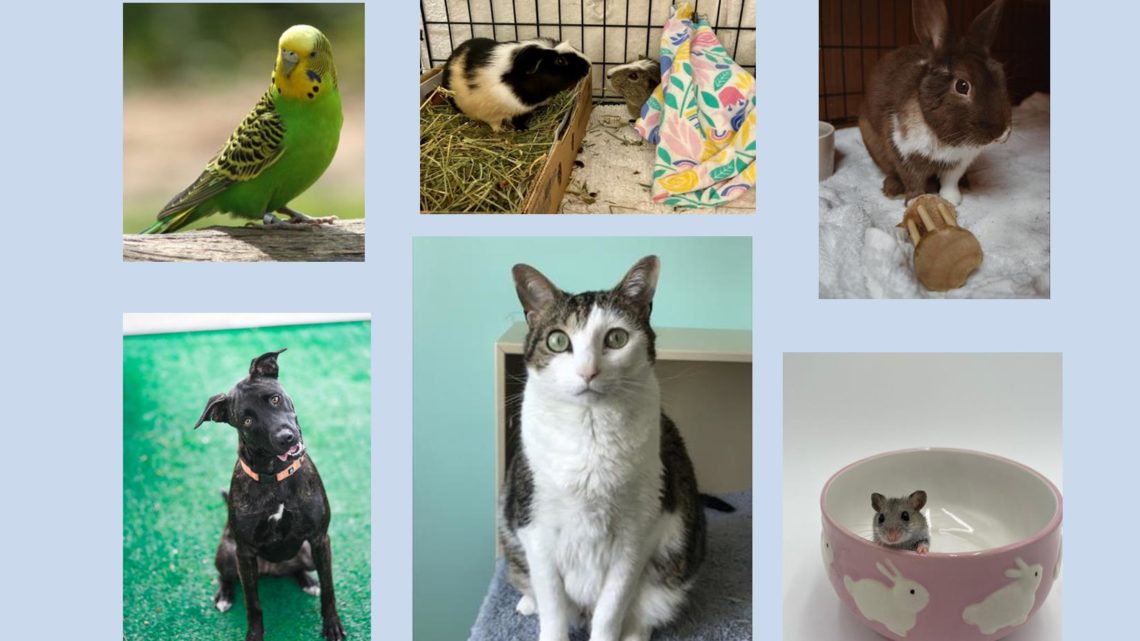Rescue Tails / Transitions: Adoption Day
Contributed by the FKSPCA Staff
For us, the day we bring home a new pet is filled with eager anticipation, excitement, and happiness. Yet in this same scenario, the new pet (of any kind) might as well be living in a parallel universe. The experience can feel very different to your new pet. Of course, we can never be 100% sure of another’s feelings (animal OR human!). But we know enough about animals to understand that they can experience the world differently than we do, depending on the species. Viewing situations from an animal’s perspective is an act of kindness and respect. Author Temple Grandin provides compelling insights on this topic in her book Animals Make Us Human. Considering a new pet’s perspective creates an opportunity for understanding and empathy and better odds of providing a more comfortable transition into a new life.
Adoption Day for Us:
Adopting a new animal is the culmination of a well-thought-out process that takes place over time for us. Hopefully, it has included lots of thought, research on care of the animal, discussion with family, buying supplies, and preparing the house. By the time adoption day arrives, we are physically, mentally, and emotionally prepared. We’ve been in the driver’s seat regarding all the choices made.
Adoption Day for Them:
For animals, their adoption doesn’t come with much preparation. It’s more of a sudden huge life change that comes without warning. Even though getting adopted may ultimately mean a positive improvement for an animal, providing them many benefits in the future, they have no way of knowing that. And unfortunately, we can’t tell them. Your pet has no idea what’s coming and has no say in any of it. Although their current situation may be one we see as undesirable, it is familiar to the animal. And like with us, sometimes what is known can be hard to leave when we don’t know where we’re going. To compound the uncertainty, the animal is put into the hands of people unknown and likely taken to unfamiliar places with sights, sounds, and smells unexperienced before. All of this can represent a profound sense of feeling out of control and unsafe, even when in the best most-loving hands!
So what can we do to help a new animal? The answer involves doing less rather than more. So what does that mean?
Our first goal is to help the animal feel safe in the new home. Building an animal’s trust in us and ensuring a sense of safety starts by asking very little of them in the beginning. Though each species has specific needs, some general guidelines exist:
- Learn the body language of the animal you are getting BEFORE you bring the animal home. Animals speak with their bodies. We can better understand how they are feeling if we observe their behavior. Trust grows sooner if we respect how they feel and we respond appropriately. This often means providing more space and privacy.
- Have everything set up and ready. Take the animal directly home, limiting exposure to added sensory overload by shopping on the way home.
- Provide any fearful animals and prey animals (rabbits, guinea pigs, hamsters, and other rodents) a place to hide. Being hidden and unseen translates to feeling less vulnerable.
- Limit handling and interactions to only what is necessary and allow the animal time to settle and adjust to the new environment.
- Hold off on introductions and social interactions with others outside the family for several days or until the animal is more comfortable.
- Never force interactions. It can prolong trust-building and increase fear and defensive behaviors.
Adoption is a wonderful gift to an animal, but it can be an even better one when we make the transition into our homes as easy as possible for them. If you have adopted an animal who is having a hard time adjusting, our Behavior Helpline may be able to offer some assistance. Contact [email protected] or (305) 294-4857.
[livemarket market_name="KONK Life LiveMarket" limit=3 category=“” show_signup=0 show_more=0]



No Comment